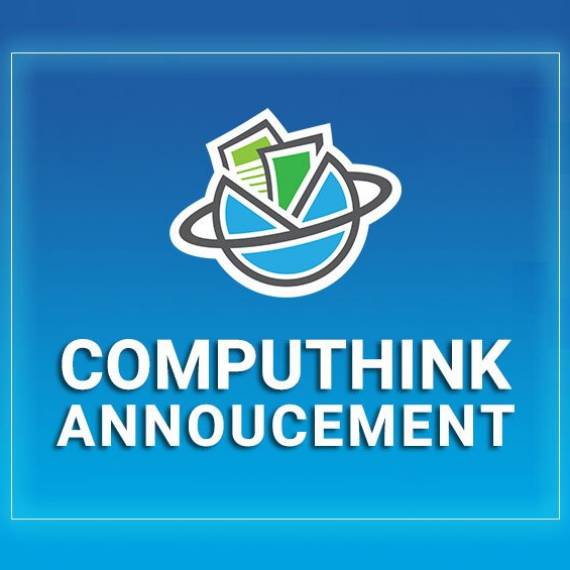Doing more
Non-profits are noted for having to make due with whatever funding they are able to muster in any given year. While some are better supported than others, nearly all face organizational goals that go beyond what they’re able to afford.
This leads to one challenge that non-profits face that most other operations don’t – they frequently will be staffed by volunteers. And while the people giving their time for the cause are a great boon to these groups, it means that their systems need to be easy to learn and operate, or the paid staff is going to be spending a lot of time re-doing things.
And just because the organization is non-profit, it does not mean that their office procedures are simple. Many, because of the nature of their operations, have numerous laws and regulations they must comply with, including the Internal Revenue Code, Section 501(c) and the tax-deductible contribution guidelines of Section 170 as well as strict reporting rules to the IRS which, if not complied with, carry hefty fines.
So many advantages
One of the advantages that Computhink’s Contentverse document management solution offers to the non-profit sector is that it delivers extremely robust functions and features, while having a very short learning curve – as its interface is designed to be similar to the widely familiar MSOffice-like user experience. Plus, it has the ability to display over 400 file types, without having to have expensive originating software packages available.
The paperwork load for many non-profits can be quite extensive, with the documentation for each application running into hundreds of pages. With Contentverse, this is all stored securely in digital form in a central database, yet is accessible in seconds to anybody involved in the analysis or approval process.
Because of Contentverse’s flexible API, it is able to interface with the non-profit’s existing systems and workflow, and allows for step-by-step checking that all the needed documentation is in place, has been seen by the appropriate people, and acted on in a timely manner. This turns what could easily take hours of sorting through paper documents into a few clicks on a keyboard.
Additionally, with the ability to access the data via the web, staff and volunteers working at remote sites can get the information they need on laptops, tablets, and even smart phones – saving massive amounts of time compared to having to return to their offices for documents.





